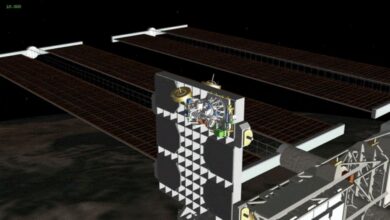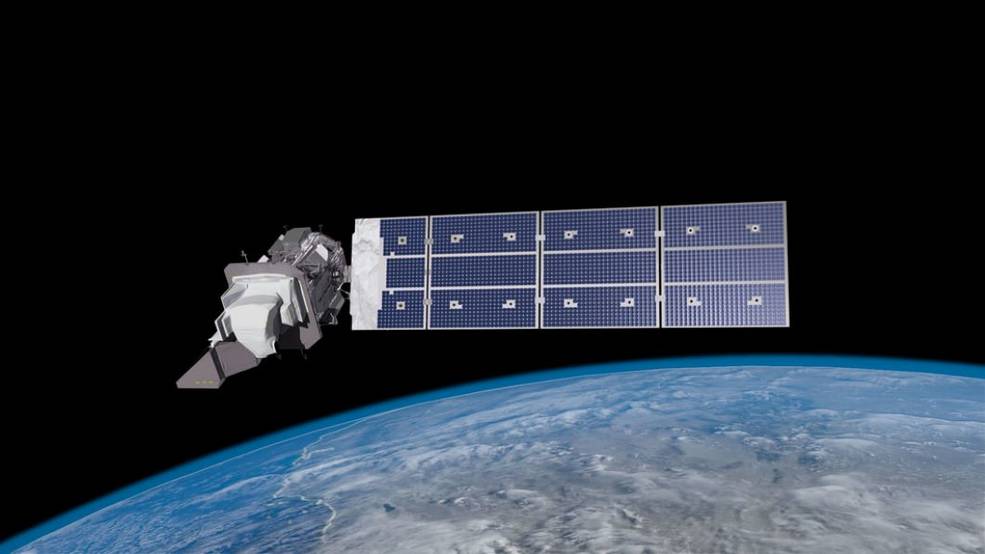NASA Astronaut Loral O’Hara to Discuss Space Station Mission

The news conference will air live on NASA+, NASA Television, the NASA app, YouTube, and the agency’s website. Learn how to stream NASA TV through a variety of platforms including social media.
Media interested in participating in person must contact the NASA Johnson newsroom no later than 5 p.m. Friday, April 12, by calling 281-483-5111 or emailing: jsccommu@mail.nasa.gov.
Media wishing to participate virtually must contact the newsroom no later than two hours before the start of the event. NASA’s media accreditation policy is available online. Questions may also be submitted on social media by using #AskNASA.
O’Hara launched Sept. 15, 2023, alongside Roscosmos cosmonauts Oleg Kononenko and Nikolai Chub, and returned to Earth April 6 with Roscosmos cosmonaut Oleg Novitskiy and spaceflight participant Marina Vasilevskaya of Belarus. Novitskiy and Vasilevskaya launched with NASA astronaut Tracy C. Dyson to the station aboard the Soyuz MS-25 spacecraft on March 23.
O’Hara completed 204 days in space, 3,264 orbits of the Earth, and 86.5 million miles during her first spaceflight. She witnessed the arrival of eight visiting spacecraft and the departure of seven visiting spacecraft, including both crewed and cargo missions. O’Hara also completed one spacewalk totaling six hours, 42 minutes.
While aboard the orbiting lab, O’Hara conducted dozens of science and technology activities to benefit future exploration in space and life back on Earth. O’Hara is among the first astronauts to participate in CIPHER, or the Complement of Integrated Protocols for Human Exploration Research program, an investigation that studies the psychological and physiological changes humans experience during spaceflight. Collecting data from astronauts on missions of different durations supports the development of ways to protect crew health on long-duration missions to the Moon and Mars.
O’Hara conducted experiments bioprinting cardiac tissues in microgravity which could advance technology for creating replacement organs and tissues for transplant on Earth. She also studied the effects of microgravity on bone marrow mesenchymal stem cells to improve our understanding of the mechanisms behind bone loss and support the development of ways to better protect crew members and people on Earth from its effects.
Get the latest NASA space station news, images, and features on Instagram, Facebook, and X.




